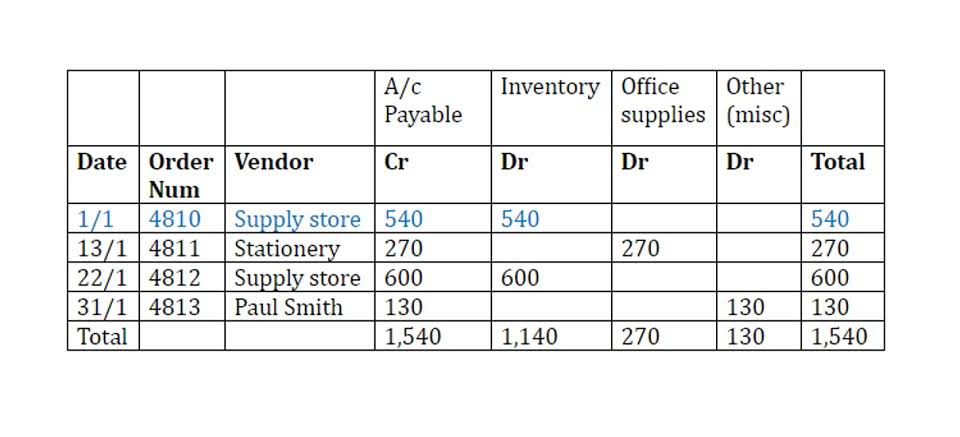
The contribution margin is used by internal management to gauge the variable costs of producing each product. In this part, we’ll explore what a margin means when we look at income statements. Think of a margin as a way to see how much money a company keeps after paying for what it needs to make and sell its products or services. It’s like when you save money from your allowance after buying something you want.
EQUITY MULTIPLIER: Definition, Formula, and Calculations
These costs include equipment rent, building rent, storage space, or salaries (not related directly to production. If they are, you count them as variable costs). The overarching objective of calculating the contribution margin is to figure out how to improve operating efficiency by lowering each product’s variable costs, which collectively contributes to higher profitability. The Contribution Margin is the incremental profit earned on each unit of product sold, calculated by subtracting direct variable costs from revenue. Revenue is the total sales made by the company during the period through the sale of goods or the provision of services to the company’s customers. It is determined by multiplying the number of units sold by the per-unit cost of the goods sold. Gross margin is commonly used as an aggregate measurement of a company’s overall profitability.

Formula and Calculation of Contribution Margin
Instead, management needs to keep a certain minimum staffing in the production area, which does not vary for lower production volumes. In our example, the sales revenue from one shirt is $15 and the variable cost of one shirt is $10, so the individual contribution margin is $5. This $5 contribution margin is assumed to first cover fixed costs first contribution margin income statement and then realized as profit. Gross margin is synonymous with gross profit margin and includes only revenue and direct production costs. It does not include operating expenses such as sales, marketing costs, taxes, or loan interest. The metric uses direct labor and direct materials costs, not administrative costs for operating the corporate office.

Calculating Contribution Margin Ratio
- For the month of April, sales from the Blue Jay Model contributed $36,000 toward fixed costs.
- For a quick example to illustrate the concept, suppose there is an e-commerce retailer selling t-shirts online for $25.00 with variable costs of $10.00 per unit.
- To calculate the contribution margin, you take the sales revenue (that’s all the money you get from selling products) and subtract the variable costs (the costs that change based on how much you sell).
- Advanced business intelligence tools are pivotal in this integration process.
- We’ll next calculate the contribution margin and CM ratio in each of the projected periods in the final step.
- The contribution margin income statement shows fixed and variable components of cost information.
These sophisticated tools streamline data aggregation and analysis, allowing finance teams to effortlessly consolidate contributions from various business segments. With all relevant information at their fingertips, finance professionals can conduct robust analyses and make informed decisions that drive financial optimization. The best contribution margin is 100%, so the closer the contribution margin is to 100%, the better. The higher the number, the better a company is at covering its overhead costs with money on hand. However, this strategy could ultimately backfire, and hurt profits if customers are unwilling to pay the higher price. The contribution margin can help company management select from among several possible products that compete to use the same set of manufacturing resources.

- Managers must evaluate returns on sales from both these perspectives when making decisions moving forward.
- Let’s run through an example to see how the income statement is constructed.
- For the month of April, sales from the Blue Jay Model contributed \(\$36,000\) toward fixed costs.
- This gives a much more detailed financial picture of the business’s operating costs and how well the products perform.
Then, further fixed expenses are deducted from the contribution to get the net profit/loss of the business entity. If your total fixed production expenses were $300,000, your net profit would be ($50,000) ($250,000-$300,000). Because this is a loss, you must determine how to compensate for the -$50,000 by increasing sales or decreasing fixed costs. Yes, the contribution margin will be equal to or higher than the gross margin because the gross margin includes fixed overhead costs.
Unit Contribution Margin
This metric is typically used to calculate the break even point of a production process and set the pricing of a product. They also use this to forecast the profits of the budgeted production numbers after the prices have been set. That is, it must generate a certain amount of revenue in order to cover its expenses. The contribution margin can then be used to determine how well a particular product or segment is performing.
The variable costs (raw materials, packaging, commissions) total $50,000, leaving a contribution margin of $50,000. This detailed breakdown helps in understanding the financial performance of individual products or services. For the month of April, sales from the Blue Jay Model contributed $36,000 toward fixed costs. Looking at contribution margin in total allows managers to evaluate whether a particular product is profitable and how the sales revenue from that product contributes to the overall profitability of the company.
Utilizing Contribution Margin to Determine Break-Even Point
The contribution margin ratio is expressed as a percentage, but companies may calculate the dollar amount of the contribution margin to understand the per-dollar amount attributable to fixed costs. The actual contribution margin is $16,000 higher compared to what was projected, partially due to more unit sales than anticipated. Although sales revenue is higher than expected, it would be worth looking into why selling price per unit was lower than projected.


